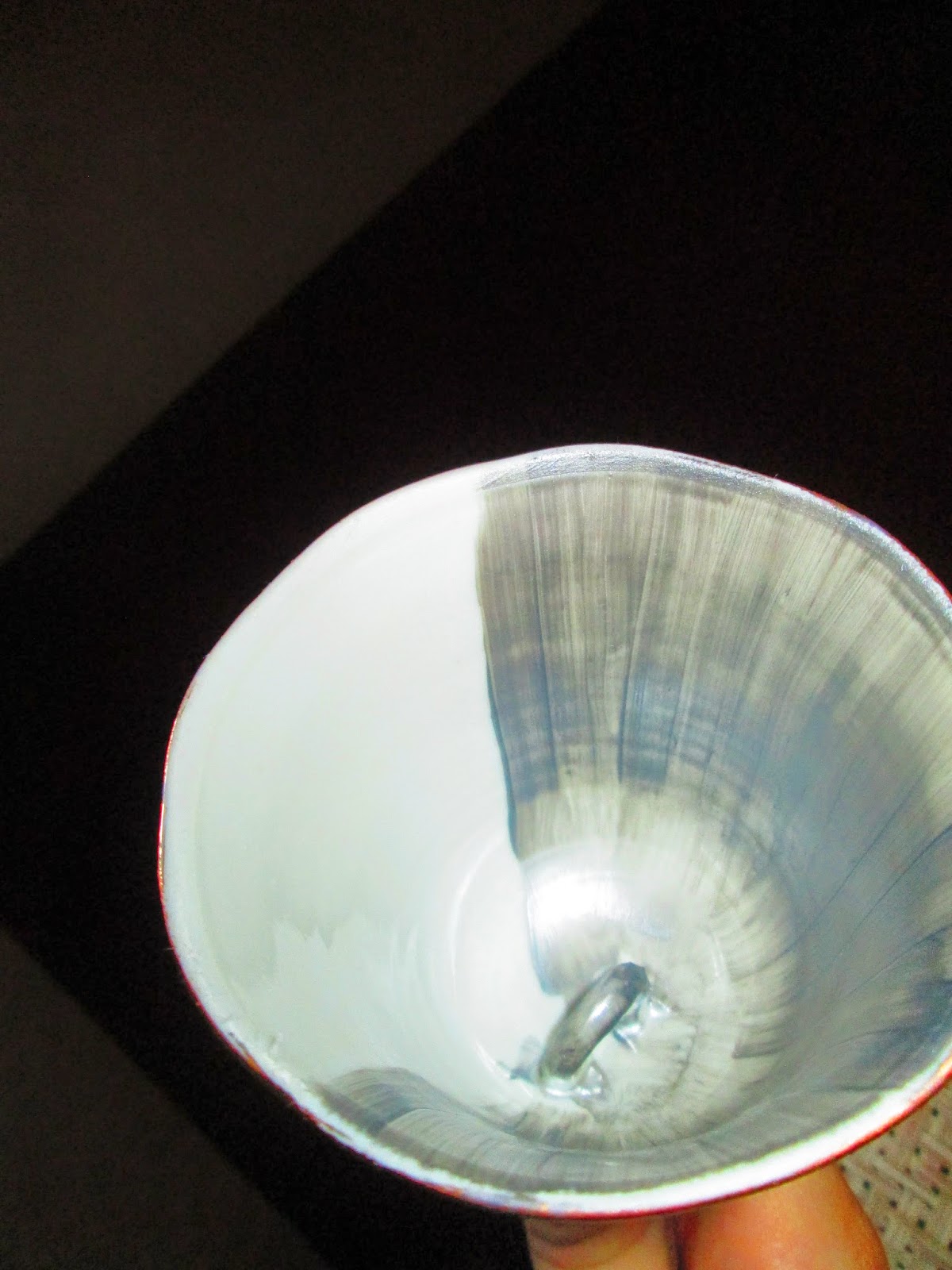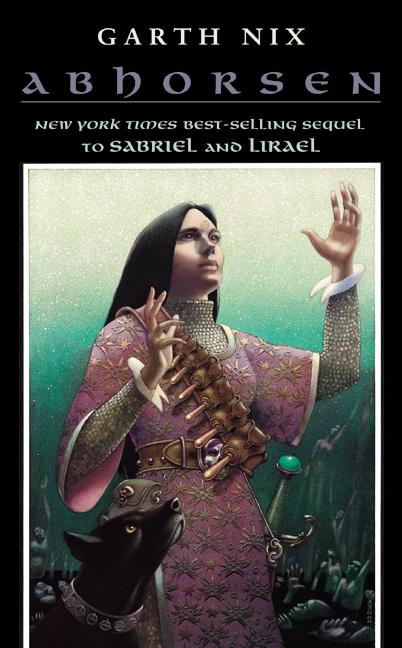If you are a corset or clothing maker using this post to help your clients out, great! All I ask is that you link back to my blog and/or Etsy store in return.
~~~~~~~~~~~~~~~~~~~~~~~~~~~~~~~~~~~~~~~~~~~~~~~
First things First!
Set yourself up a piece of paper/digital document, labeled and numbered like this:
Bust circumference (1)
Front Bust (1a)
Bust to waist(2)
Underbust (3)
Apex to waist (4)
Underbust to waist (5)
Desired waist (6)
Relaxed waist (6a)
Hips (7)
Front hip (7a)
Back hip (7b)
Waist to hips (8)
Lap (9)
Height (10)
Bra cup size (11)
Waist to top edge of corset (centre front)
Waist to top edge of corset (side front--up over the nipple)
Waist to top edge of corset (side)
Waist to top edge of corset (centre back)
Waist to bottom edge of corset (centre front)
Waist to bottom edge of corset (side)
Waist to bottom edge of corset (centre back)
Do these just over a light, fitted t-shirt or camisole, etc. and DO wear your most favorite bra that is NOT A PUSH-UP BRA. (or the bra that will put your bust where you want it for this look.) A t-shirt moulded-foam bra is fine, we just don't want the extra padding a push-up bra gives because it will throw off your corset and look real funny when I make the corset and don't put any padding in it.
You can measure in inches or cm, whatever is more familiar. (just let me know which it is. ;)
Now that you're properly attired:
Tie a string or ribbon around your natural waist (naturally smallest part of your middle--for most, it's around the bottom of the ribcage but could be almost up under the bust for others). Not too tightly, just snug, and horizontal. This will help you to take the vertical measurements accurately. Move around, bend from side to side and so on until it sits comfortably as low as possible.
Remember to stand naturally with your weight evenly distributed.
Now! Take 3 pictures for me before any measuring happens. Standing naturally front, side and back wearing the aforementioned bra and clothing. Here's mine for reference:

Measurements, here we go!
Bust circumference (1) - Around the fullest part of your bust/chest, with the tape straight across your back.
Front Bust (1a) - the part of your bust circumference at the front of your body; from side-seam to side-seam over the fullest part of your bust in front. Like this:
Bust to waist(2) - Measure at your side from the waist tape up to the level where you took your bust measurement.
Underbust (3) - measured along your bra band, directly under the bust.
Apex to waist (4) - measure from one nipple (ie. the fullest point of your breast) down to the waist tape at the side front, over the curves, not straight there.
Underbust to waist (5) - measure vertically from your bra band to the waist tape at the side front. Like so:

Desired waist (6) - Suck it in and pull the tape tight! Alternatively, measure your relaxed waist and take away your desired reduction from this value. (This is usually 2-4" for beginner corset-wearers, and anywhere from 2-8" for fuller figured or experienced tightlacers).
Also please measure your relaxed waist (6a) so I know how much of a reduction it will be. :)
Hips (7) - Measure around your hips at hip-bone level. (Usually we don't need any lower than that. Only if you're getting a corset that's going to extend down that far [not likely].)
Note how far your measurement is below the waist tape.

Front hip (7a) - The part of your hips at the front of your body. Measure along your hip line again as above, from the side seam on one side to the side seam on the other.
Back hip (7b) - This is just [your hip measurement] minus [front hip], so you don't need to measure it again unless you wish to double-check.
Waist to hips (8) - The distance down your side from the level of the waist tape to the level where you took the hip measurement.
Lap (9) - Sit on a hard chair (like a kitchen or dining chair) and measure from the waist tape at the side front straight down to the point where your thigh meets your torso. This measure will help to ensure that the corset doesn't extend too low here so that you can sit down in it!
Height (10) I'm 5'9", for example.
Bra-cup size (11) . This one helps me a lot with distributing the bust and thinking about support. Mine is 34E in the US sizing, for example.
Finally, for the following seven measurements, measure vertically from the waist tape to the point where you'd like the edge of the corset to be. (over the curves, not straight there). [Don't worry if you're not super confident about these; even a ballpark number helps me, and we can trim or add to the edges at the prototype stage.]
Waist to top edge of corset (centre front)
Waist to top edge of corset (side front--up over the nipple)
Waist to top edge of corset (side)
Waist to top edge of corset (centre back)
Waist to bottom edge of corset (centre front)
Waist to bottom edge of corset (side)
Waist to bottom edge of corset (centre back)
~~~~~~~~~~~~~~~~~~~~~~~~~~~~~~~~~~~~~~~~~~~~~~~~~~~~~~~
Yay! You are measured! pat yourself on the back and have a treat, my friend.
* * *
For the people getting 18th century stays, I don't need all of these. Only the....
Bust (1)
Front bust (1a)
Bust to Waist (2)
Waist (6a) (just measure the natural waist here, indicate desired waist also if wanted [1-4" reduction])
Side Length: From waist up to armhole-height, like so:

Height (10)
Bra-cup Size(11) [please indicate US/UK/other sizing method]
~~~~~~~~~~~~~~~~~~~~~~~~~~~~~~~~~~~~~~~~~~~~~~~~~~~~~~~~~~~~~~
That's all! Thank you :)


.jpg)
















































